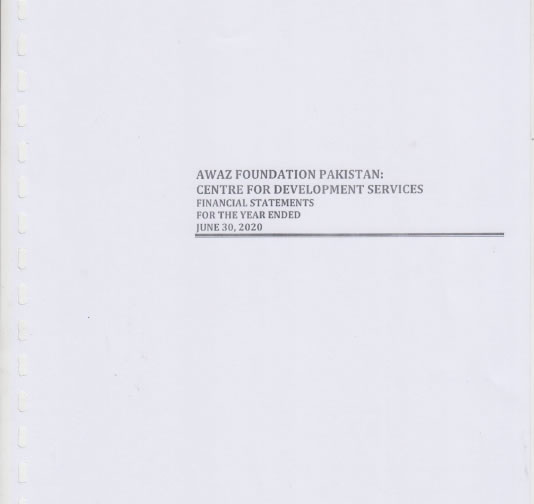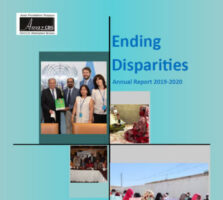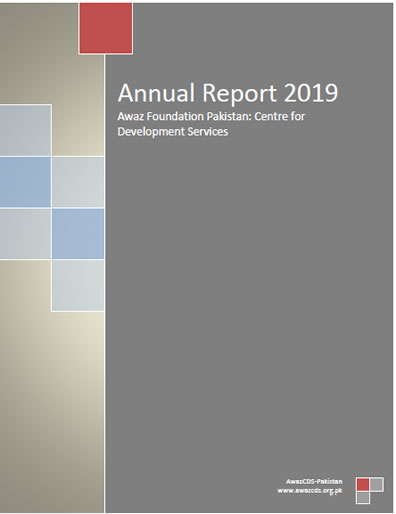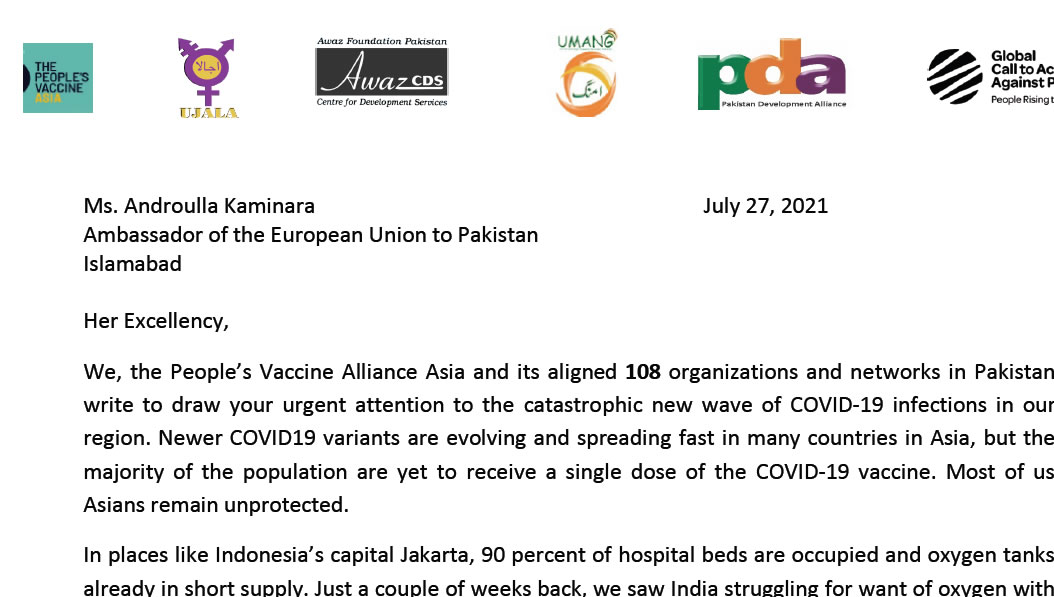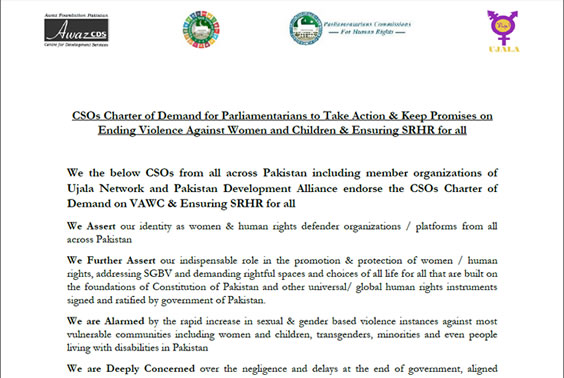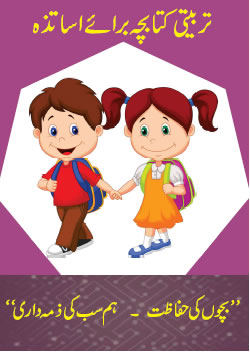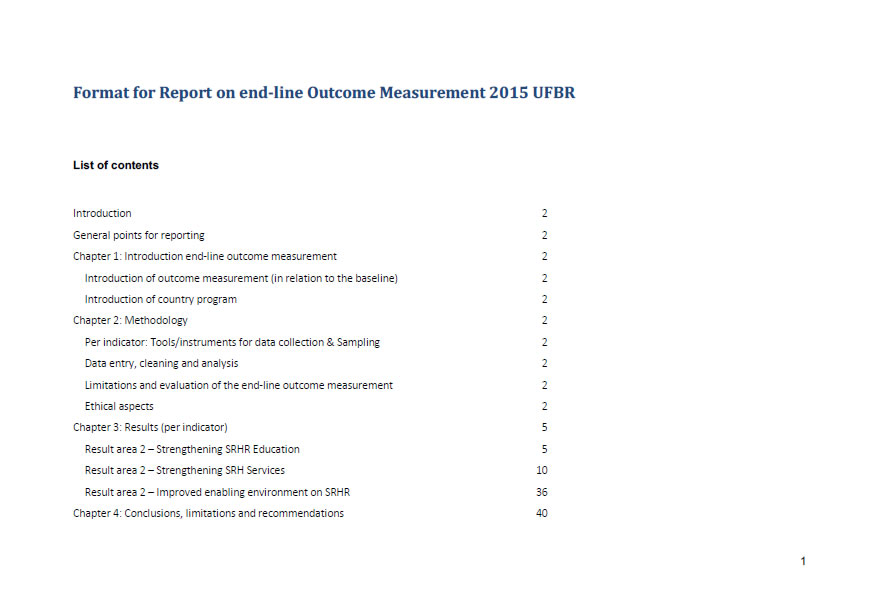Author Archive: Ishfaq Khalil
Annual Report 2019-2020
This publication is an account of Awaz Foundation Pakistan- Centre for Development Services’ achievements and our efforts to bring change in the lives of vulnerable groups including women and girls over the last year. It shares how we and our many partners are striding forward to realize a better world for marginalized segments of the society i.e. young people including women and girls, transgenders, People living with disabilities and religious minorities—a world of equality and empowerment.
Looking forward, we will draw on our full resources and experiences in protecting and advancing the rights of the people we are working for. That is what we do and who we are, as an advocate, human rights defender, convener, provider of programmes and partner for change. The challenges are huge, but as we bring people together and build momentum through advocacy and awareness raising for equality, overcoming these challenges is not impossible. During 2019-2020 we lead to:
Voice against violence
Mitigate pandemic through mass awareness
Knowledge sharing to accelerate progress
Empower girls through secondary education
Develop communities through awareness raising
Annual Report 2018-2019
The report in hand shares the details of our work in partnerships with vibrant CSOs from across the country. The partners are carefully selected through a rigorous due diligence process. We are thankful to all of them for their wonder work despite difficult circumstances due to rising poverty, inequalities and new regulatory frameworks towards the civic spaces and working on NGOs in the country.
We must also acknowledge the regular support of our funding partners in our development
endeavors as without their generous financial support AwazCDS-Pakistan and its partners might
not have been able to reach out to millions of marginalized people and communities in this
country.
End-line Outcome Measurement for-AwazCDS-Pakistan
Early Age Marriages
Practices in the Past
According to participants of FGDs, in the past most of children particularly girls were married at early ages. In rural areas girls were married as early as 12-13 years old. Some community members claimed that as many as 70 percent of marriages early ages marriages. Though they also noted that incidence of early marriages differed among different sub-groups e.g. Siraiki speaking people tend to marry their children earlier compared to Punjabi speaking population. Similarly, Pathans also marry their children at early age. Incidence of early age marriages is much higher in rural areas compared to urban areas. Even among rural areas there are differences. In remote rural areas with little access to education e.g tribal belt, incidence of child marriages is much higher compared to those rural areas that are closer to the cities and have better access to education.
FGD participants also identified some peculiar marriages practices. For example, in Chand community, a community associated with the profession of pottery making, children are engaged once they reach their first birthday. When they reach the age of 10 they are married or sent to their in laws home.
